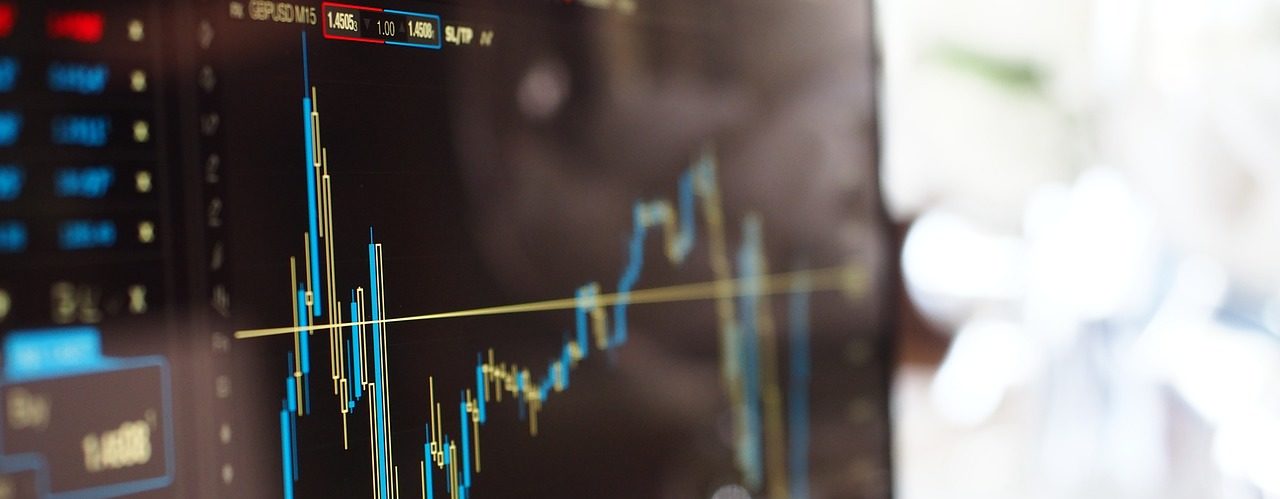MARKET INSIGHT – April 2023
MARKET INSIGHT
Prime Partners’ monthly analysis of global economic and financial market news.
An encouraging first quarter but some doubts…
While the first quarter of the year has just ended in solidly positive territory for most of the major equity and bond indexes, we have to admit that violent gusts of volatility, mainly linked to fears of a banking crisis, have swept across the economic and financial landscape in the first three months of 2023.
Everything had started out perfectly in January with a few good surprises that brought hope after a very painful year in 2022 for most major asset classes. The surprise reopening of China coupled with falling energy prices and less alarming rhetoric from European governments about potential electricity shortages had led to an impressive rally in risky assets. However, the initial signs of a somewhat euphoric start to the year were quickly dampened by persistently high inflation data and central bankers who were less inclined than hoped to ease monetary tightening.
March therefore brought new and very concrete elements to the current economic situation and to traders’ interpretation of it. As the saying goes: “the FED always ends up breaking something”, which is not a clumsy way of criticizing the delicate work of central bankers but rather a reminder that repeated interest rate hikes weaken the financial system and bring to light its most vulnerable parts. Thus, Silicon Valley Bank was forced into bankruptcy on March 10, pushed into a corner by increasing withdrawals from its customers and finally forced to sell a large part of its bond portfolio at a loss, which was itself caused by rising interest rates.
In its wake, most of the American regional banks came under pressure, forcing Janet Yellen to consider guaranteeing all deposits in order to avoid seeing lines forming quickly in front of bank counters across the country. The spectre of the 2008 financial crisis suddenly reappeared when everyone was focused on other issues such as persistent inflation or geopolitical tensions that were still a concern.
The squalls experienced by the market did not turn into a hurricane
However, we were not at the end of the surprises that March had in store for us.
Indeed, a few days later, it was Switzerland that held its breath as Credit Suisse’s share price hit a series of historic lows, while management kept reminding us of the strength of the bank’s balance sheet. In one weekend, the authorities had to take probably the most controversial decision in Swiss banking history and announced on Sunday, March 19, the takeover of Credit Suisse by UBS in order to restore confidence.
It goes without saying that these events, on both sides of the Atlantic, to which we can add a few turbulent sessions for European bank stocks at the end of the month (this time linked to fears concerning Deutsche Bank), are not likely to reassure us, despite the reaction of the markets, particularly equities, which have shown surprising resilience in the recent banking storm.
So what is really going on with the current situation and why haven’t we seen a significant drop in equity markets (yet?)?
The answer probably lies in the word “confidence”, or lack thereof. In the first case, it was the deteriorated confidence of savers that launched the “bank run” process, whether it was SVB or Credit Suisse. The fear of seeing one’s savings go up in smoke created a negative spiral from which these two institutions were unable to escape, resulting in bankruptcy and an express takeover.
But on the other hand, it was also confidence in the institutions that prevented a rapid contagion of massive withdrawals to the entire financial system, which would have undoubtedly damaged the world’s stock markets to a great extent. The squalls experienced by the market did not turn into a hurricane.
So what should we think of the period to come and how should we allocate resources to deal with it? Many questions remain open after this tumultuous but ultimately positive first quarter for our allocations.
First of all, the inflation/monetary tightening relationship should unsurprisingly start to move out of the spotlight. The FED is nearing the end of its work to “cool” the US economy and no doubt Mr Powell knows that the cracks seen in March in the US banking system should not be allowed to widen any further. A more accommodative discourse should therefore please investors, even if they have been anticipating the famous “pivot” for many weeks now.
In terms of inflation, the mechanical base effect included in the calculation of the major indicators is starting to be felt more strongly, especially for the energy component of these indices. This should come at the right time to justify a more “dovish” tone by the major central banks.
It is rather at the level of economic activity that visibility over the coming quarters is weak. Indeed, the inverse relationship often observed in recent months, whereby equity markets react positively to economic figures that are not as good as expected, seems likely to normalize soon.
The “bad news is good news” mechanism, i.e. the interpretation of a bad economic figure as a further step towards the end of monetary tightening, should eventually give way to a more logical relationship between economic news and asset valuations. It is therefore likely that once traders are reassured that central bankers will not continue to tighten financial conditions, they will pay close attention to any tangible economic development, whether it be employment or consumption in the broad sense.
While the “inflation” theme is beginning to lose ground in investors’ comments, it is now the term “recession” that is on everyone’s lips.
It is hard to say whether economic activity will fall into recession this year, and especially to what extent.
We do not enter the second quarter of the year with fewer uncertainties than the first
While a fairly broad consensus seems to believe in the scenario of a “soft landing” of the US economy, it is probably advisable to remain cautious as to its realization. The coming weeks should first allow us to measure the extent of the damage caused by the crisis of confidence that the international banking system has just gone through. Then, the start of the earnings season will, as it does every quarter, allow us to confront investors’ expectations with the reality on the ground.
After having increased the weight of bonds and equities in our allocations in February to return to an almost neutral exposure relative to our benchmarks, we believe it is wise to maintain this slight underweight in these two asset classes in order to navigate tactically in the current environment.
Diversification remains the watchword for our exposure to risky assets and we have chosen not to chase the rally in long-duration equities, especially technology, which we benefited from in the first quarter. We are also staying away from the banking sector until doubts about the possibility of a deeper crisis than the one we have just experienced are dispelled. Finally, we continue to favour companies with solid balance sheets, particularly industrial companies, and also defensive companies such as pharmaceuticals.
In a similar vein, the bond component of our portfolios remains solidly diversified. The rush into government bonds and the rise in credit spreads have reminded us of the importance of not putting all one’s eggs in one basket, including fixed-income assets. However, we are willing to extend duration somewhat, confirming our feeling that the monetary tightening cycle is now close to its end, especially in the US.
Finally, we are maintaining our investments in the yellow metal, as gold performed particularly well in the first quarter in the turbulent environment described above and remains an excellent diversifying asset in periods of high uncertainty.
Like most of the time, and even more so for the past three years, the events that marked the beginning of 2023 were striking and above all unforeseen. China’s radical change of tone in January regarding Covid, the lightning bankruptcy of an American bank that symbolizes a region considered to be the technological heart of the world, and the express takeover of one of the jewels of the Swiss economy by its long-time rival remind us that nothing is really certain and that anything can happen.
The balancing act in which central bankers are engaged to contain the surge in prices is not yet over and its outcome in terms of both results and consequences is only just beginning to take shape. We therefore believe that it is a good idea to continue to be cautiously optimistic while maintaining sufficient agility in our portfolios to seize opportunities, whose time windows have shortened considerably since 2020 and the start of the monetary roller coaster marked by the exceptional Covid measures and then by the fastest tightening in history.
We do not enter the second quarter of the year with fewer uncertainties than the first, some of which have replaced others. Nevertheless, it is worth expressing our expectations of moderate growth in the Western economies in 2023 and a continuation of the decline in inflation, also moderate for the CORE part of the price indices.
In conclusion, we should keep in mind the famous adage that the market is always right. If the market’s current expectations of rate cuts in the United States as early as 2023 come true, potentially triggering a rally in equities towards the 2021 highs, then our allocations will benefit fully. We would then be all the more pleasantly surprised.

